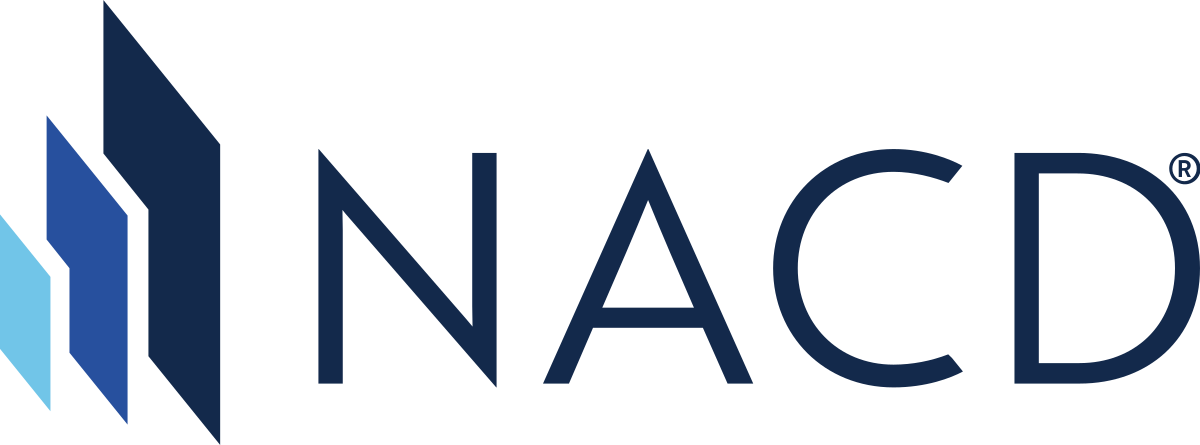Governance Surveys
Directorship Magazine

Online Exclusive
Five Questions to Ask the External Auditor About PCAOB Inspections
Audit committees can leverage PCAOB inspection report findings to sharpen oversight by asking external auditors these questions.
Should audit committee members care about audit firms’ PCAOB inspection reports?
Inspections are a key function of the Public Company Accounting Oversight Board (PCAOB). Firms that audit more than 100 public companies are inspected annually; others are inspected at least every three years. The PCAOB uses risk-based, random, and targeted methods to perform inspections. Inspectors review work papers, interview audit personnel, and assess compliance with standards.
While PCAOB inspection reports provide stakeholders with important information about the engagements selected for inspection and any findings, they are not the sole measure of audit quality, nor are they intended to be. In other words, PCAOB inspection reports are not report cards for audit firms. Engagements selected for inspection are a small percentage of a firm’s overall audit practice and therefore cannot be considered an overall reflection of the firm’s work.
How can the audit committee best use a firm’s inspection report? One challenge is that inspection reports do not disclose individual issuer names, as this is prohibited by the Sarbanes-Oxley Act of 2002. Therefore, stakeholders, including audit committee members, do not know if inspection findings are relevant to the company they serve.
Questions for the External Auditor
Below are a few questions audit committee members can ask their external auditor about a firm’s inspection report and what it means for the company being audited.
1. How did your firm respond to areas identified as deficiencies in the inspection?
Regulators are less interested in perfection than in how firms respond to identified deviations from standards, or deficiencies in PCAOB terminology. A thoughtful response signals a commitment to continuous improvement. Audit committees can use this question to gain visibility into whether the auditor is taking corrective actions that will improve future engagements.
2. Were any of the inspection findings relevant to our industry or business type?
PCAOB inspections sometimes highlight recurring issues in specific sectors, such as revenue recognition or fair value measurements. If findings touch on areas that are significant risks of material misstatement in the company’s audit, it increases the likelihood of exposure to that type of deficiency. This question helps the audit committee zero in on whether risks flagged by the PCAOB may be pertinent to its own financial reporting and oversight.
3. How do inspection findings affect the engagement team working with our company?
It is possible that a firm’s overall inspection findings differ from the performance of the team assigned to the company. Asking this question draws a direct connection between firm-wide results and the team that actually performs the audit. Audit committees can get a clear explanation of whether inspection findings have prompted additional training, oversight, or personnel changes that will directly impact the audits of the companies they serve.
4. How do inspection results compare across different audit firms?
Benchmarking provides valuable perspective. No firm is without deficiencies, but patterns across the industry can help the audit committee gauge whether its auditor is performing at, above, or below audit firm peers. Understanding these comparisons helps audit committees evaluate relative audit quality, which can inform both immediate and long-term oversight considerations when reappointing auditors.
5. How do PCAOB inspection trends reflect emerging risks?
PCAOB inspections often evolve to reflect emerging areas of risk. If recent inspections emphasize issues such as cybersecurity disclosures, sustainability reporting, or reliance on advanced technologies, audit committees should be aware of how their auditors are adapting. This question ensures that the external auditor is preparing for tomorrow’s risks.
PCAOB inspections, taken broadly, are a helpful tool to identify systemic issues affecting audits in the United States. By asking the right questions, audit committees can use inspections to sharpen their oversight of external auditors, identify areas for improvement, and anticipate emerging risks.
Moreover, audit committees can view themselves not only as consumers of inspection reports but also as contributors to the regulatory dialogue. With thoughtful engagement, boards can help ensure that both their auditors and the PCAOB are positioned to deliver the transparency, accountability, and confidence that investors expect.
The views expressed in this article are the author's own and do not represent the perspective of NACD.
The Center for Audit Quality is a NACD partner, providing directors with critical and timely information, and perspectives. CAQ is a financial supporter of the NACD.

Vanessa Teitelbaum, CPA, is senior director of the Professional Practice team at the Center for Audit Quality. She is a frequent speaker, panelist, moderator, and author on a wide variety of governance and adjacent issues and has been an NACD Directorship 100™ honoree.

